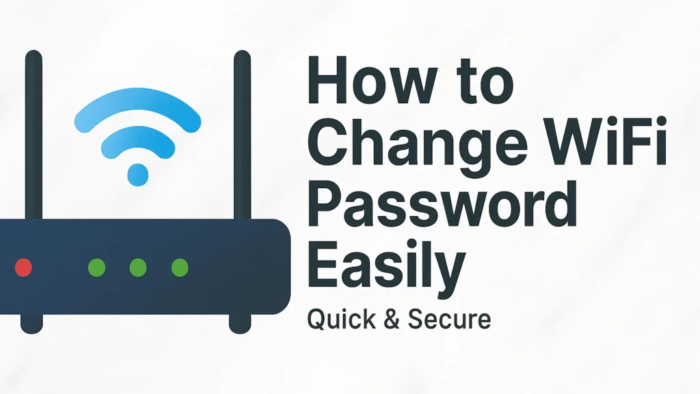In today’s world, a strong internet connection is a must. But keeping that connection safe is just as important. Learning how to change WiFi password is a basic but powerful step in protecting your network from unwanted users and threats.
For more details, explore my previous blog on this topic: How to reset voicemail password
Why Should You Change Your WiFi Password?
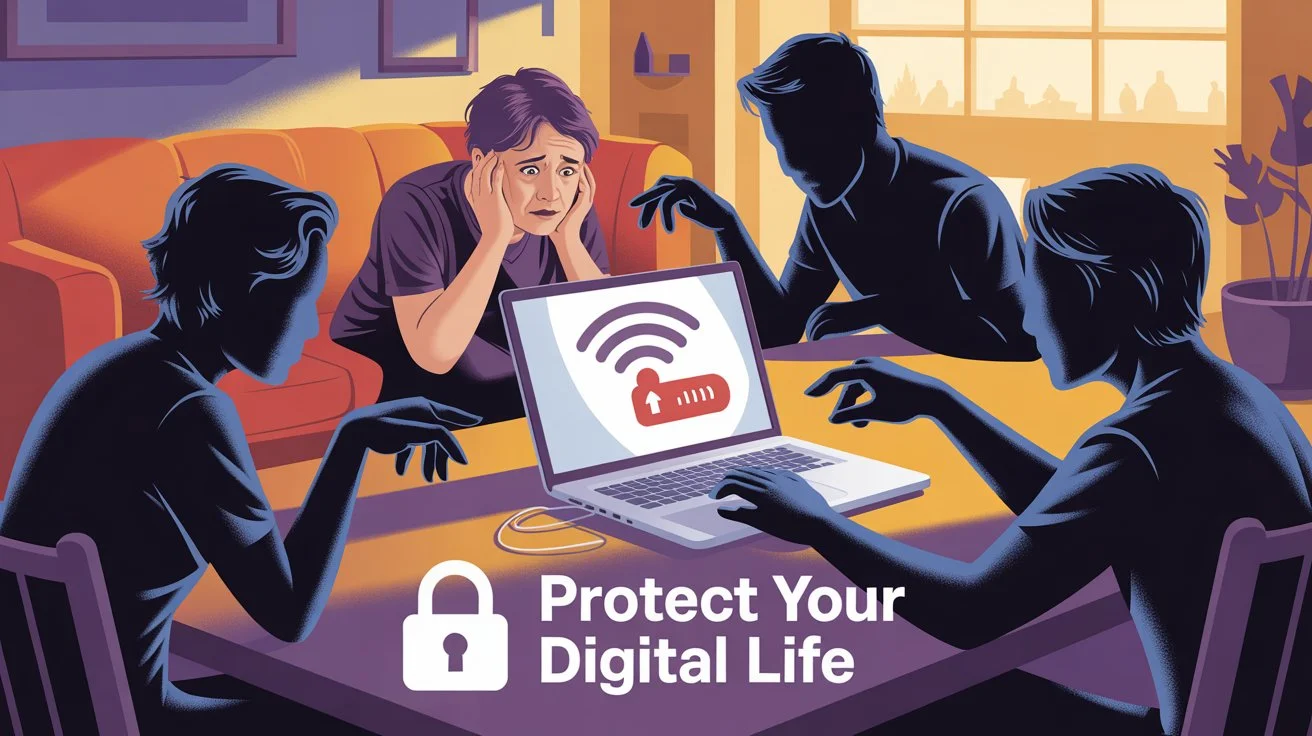
Your WiFi is like the key to your digital home. If too many people know it — or if it’s easy to guess — it can cause big problems. Others could:
- Slow down your internet by using your connection.
- Access your private data like photos, bank info, or documents.
- Using your network for illegal stuff can get you in trouble.
That’s why experts suggest you change WiFi password regularly — every few months. It’s an easy way to keep your home network safe and fast.
Step-by-Step Guide to Change WiFi Password
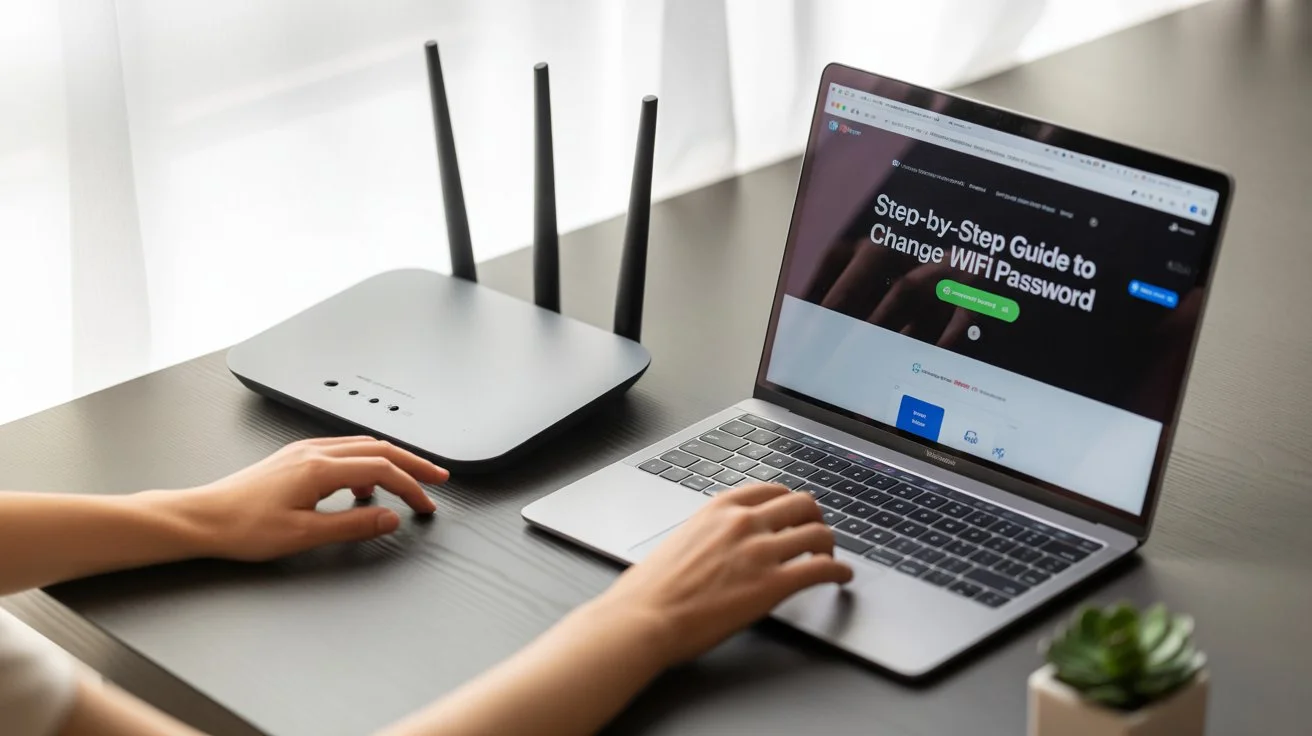
Here’s a simple guide anyone can follow — even if you’re not tech-savvy.
What You’ll Need
- Your WiFi router
- A device (phone, tablet, or computer)
- Your current router login details (usually found on the back or bottom of the router)
Step 1: Connect to the Router
- Turn on your device (laptop, phone, etc.).
- Connect to your WiFi network or plug your device directly into the router using a cable.
Step 2: Find the Router’s IP Address
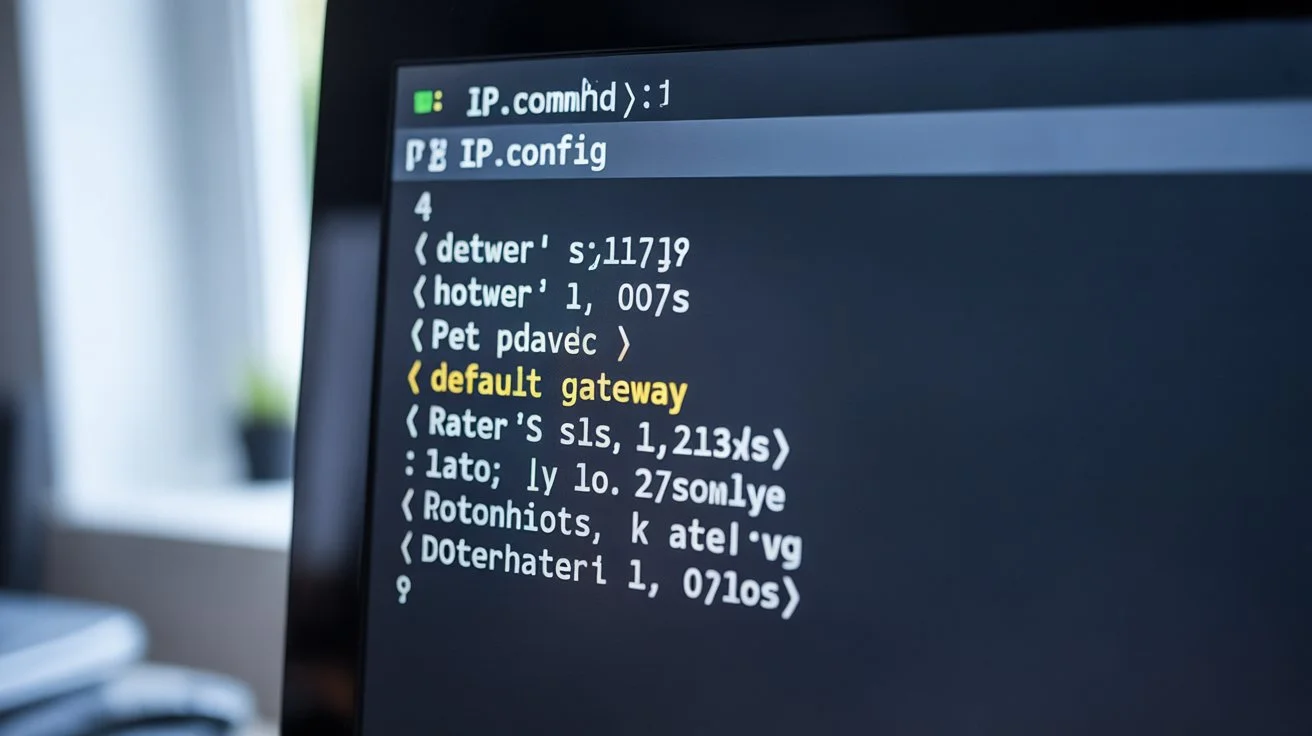
You’ll need your router’s IP to log in. Here’s how to find it:
Windows:
- Open Command Prompt
- Type ipconfig
- Look for Default Gateway (e.g., 192.168.1.1)
Mac:
- Go to System Settings > Network
- Click your WiFi > Advanced or Details
- Find “Router” — that’s your IP address
Router Sticker:
- Most routers have their IP printed on a sticker (e.g., 192.168.0.1, 192.168.1.1)
Step 3: Log In to the Router
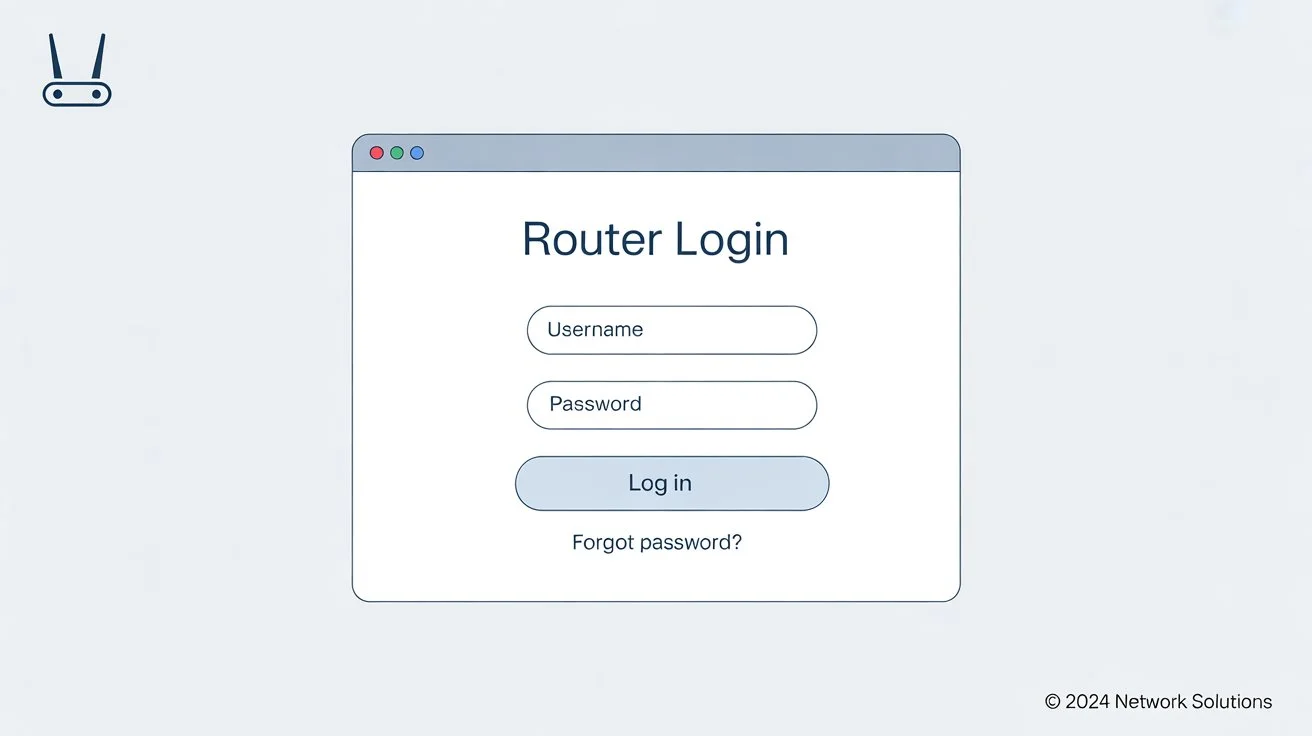
- Open your web browser
- Type the router’s IP in the address bar and press Enter.
- You’ll see a login screen — enter the admin username and password
(These are often “admin” / “admin” or “admin” / “password” unless changed)
Step 4: Go to Wireless Settings
- Once logged in, look for a section like Wireless, WiFi, or Security
- Find the box that shows your current password (called “Password,” “Passphrase,” or “Network Key”)
Step 5: Change WiFi Password
- Delete the old password and type the new one.
- Make sure to save the changes (click Save, Apply, or Confirm)
- Wait 1-2 minutes while your router reboots
Step 6: Reconnect Your Devices
- On each device (phones, laptops, smart TVs), go to WiFi settings
- Pick your network again and type the new password.
- Repeat for every device in your home
Tips for a Strong WiFi Password
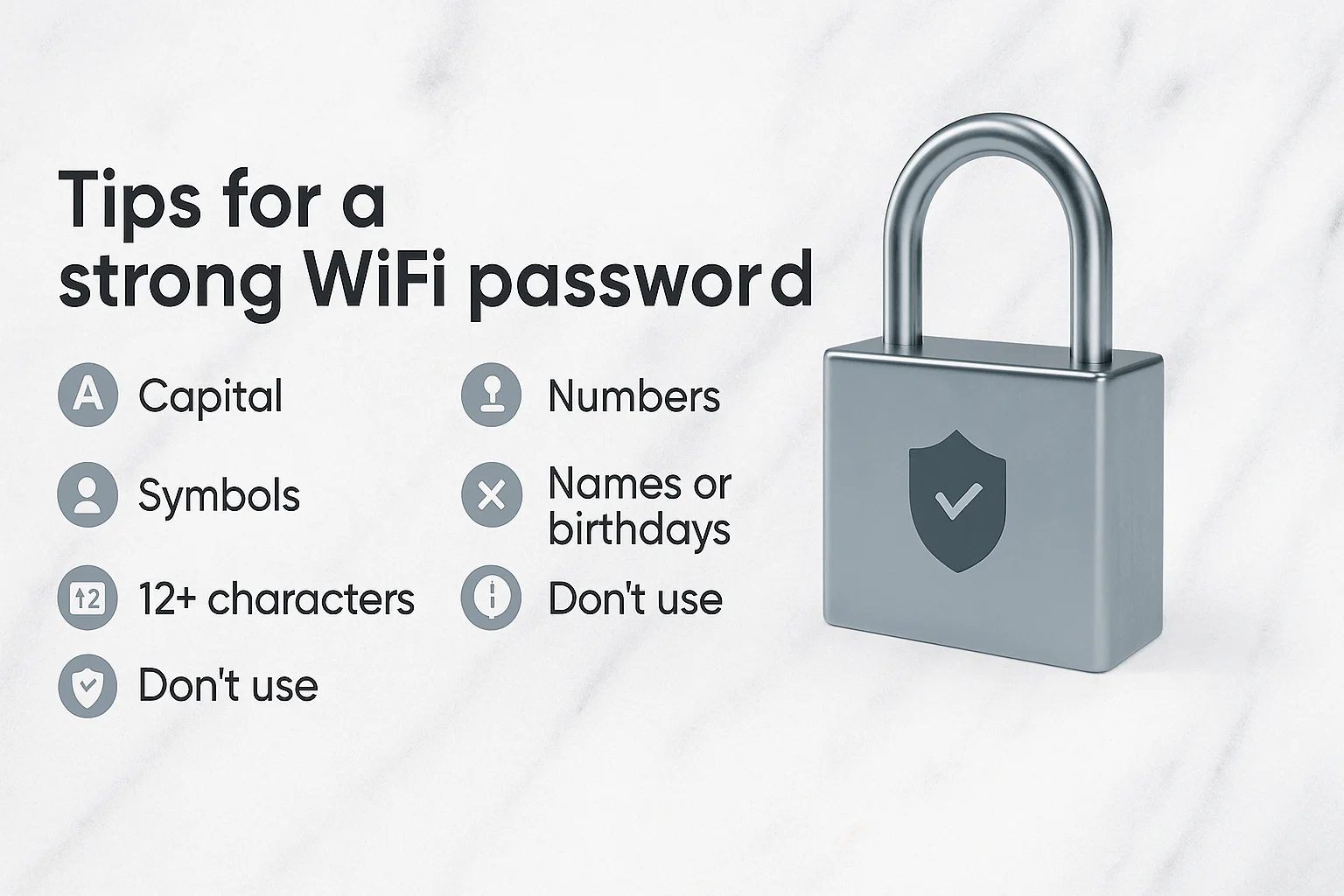
Here’s how to make sure your new password is strong and safe:
- ✅ Use capital, small letters, numbers, and symbols.
Example: River!Sky88Blue
- ❌ Don’t use easy passwords like names, birthdays, or “12345678”.
- 📏 Keep it long — at least 12 characters is best
- 📝 Write it down and store it in a safe place (but not on your router!)
Troubleshooting Common Problems
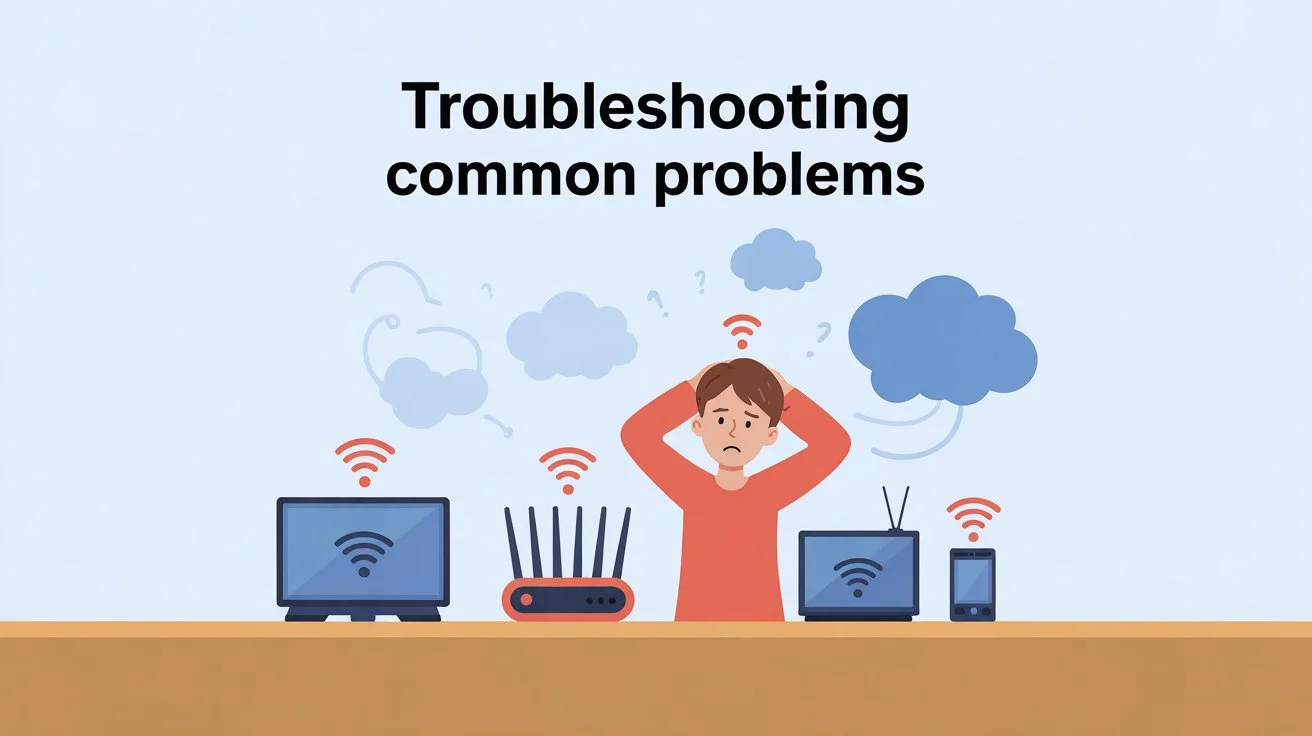
❓ “I forgot my router login info.”
- Press the router’s reset button for 10 seconds.
- This will reset it to factory settings. You’ll need to set up the WiFi again.
❓ “I can’t open the router page.”
- Make sure you’re connected to your WiFi
- Try typing http:// before the IP address (e.g., http://192.168.1.1)
- Restart the router and try again
❓ “My device won’t connect after I change WiFi password”
- On the device, go to WiFi settings and “Forget” the network
- Then reconnect using the new password
- If that doesn’t work, restart your device
Conclusion
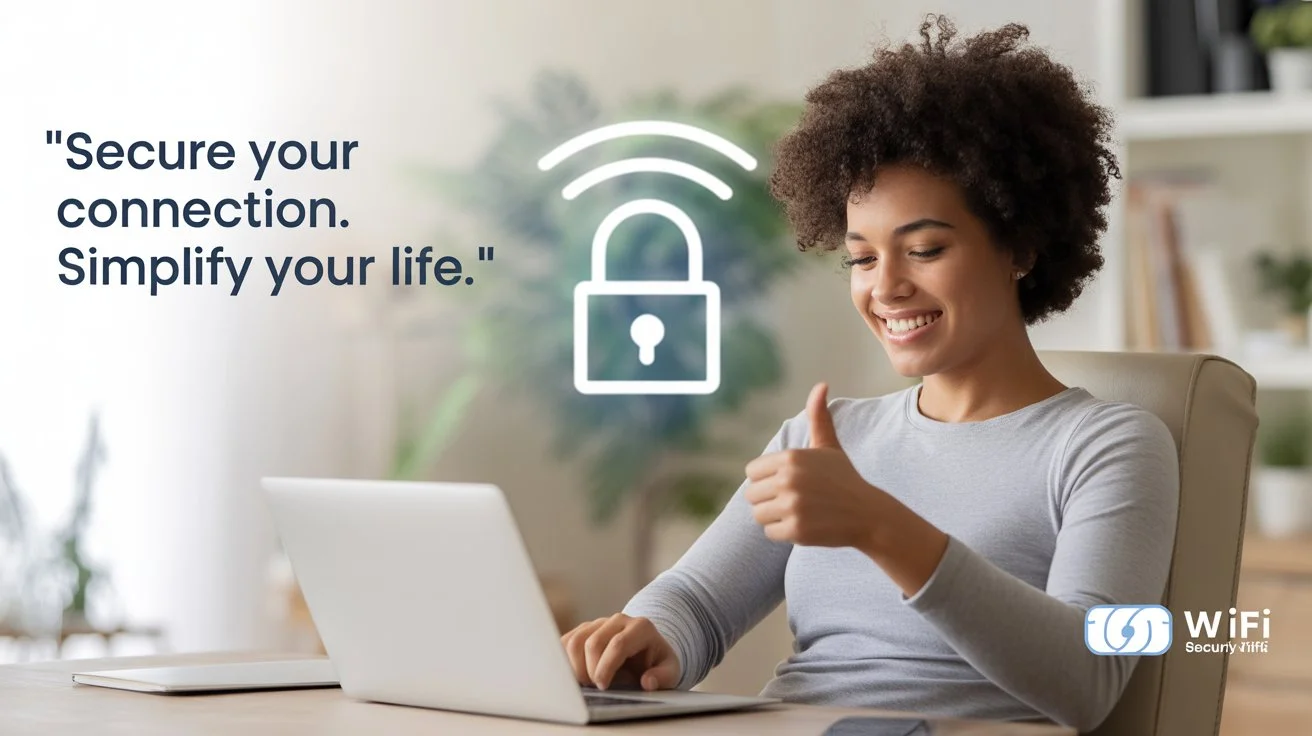
Learning how to change WiFi password is a small step with big benefits. It keeps your internet safe from hackers, speeds up your connection by blocking unwanted users, and gives you peace of mind.
Make it a habit to update your WiFi password every 3-6 months. It only takes a few minutes, but it protects your entire digital life.
FAQs: Change WiFi Password
Q1: Will everyone be disconnected if I change the WiFi password?
Yes — all devices must connect again with the new password.
Q2: How often should I change it?
Experts recommend every 3 to 6 months, or immediately if you suspect a breach.
Q3: Can I do it from my smartphone?
Yes! Just follow the same steps using your phone’s browser.
Q4: What if I don’t know my router’s IP address?
Check the label on your router or look in your network settings.
Q5: Is it safe to write down my password?
Yes — just keep it somewhere safe and hidden, not taped to the router.
If you’re serious about online security, make it a routine to change WiFi password regularly and encourage your friends or family to do the same. It’s quick, simple, and one of the best ways to stay safe online.

